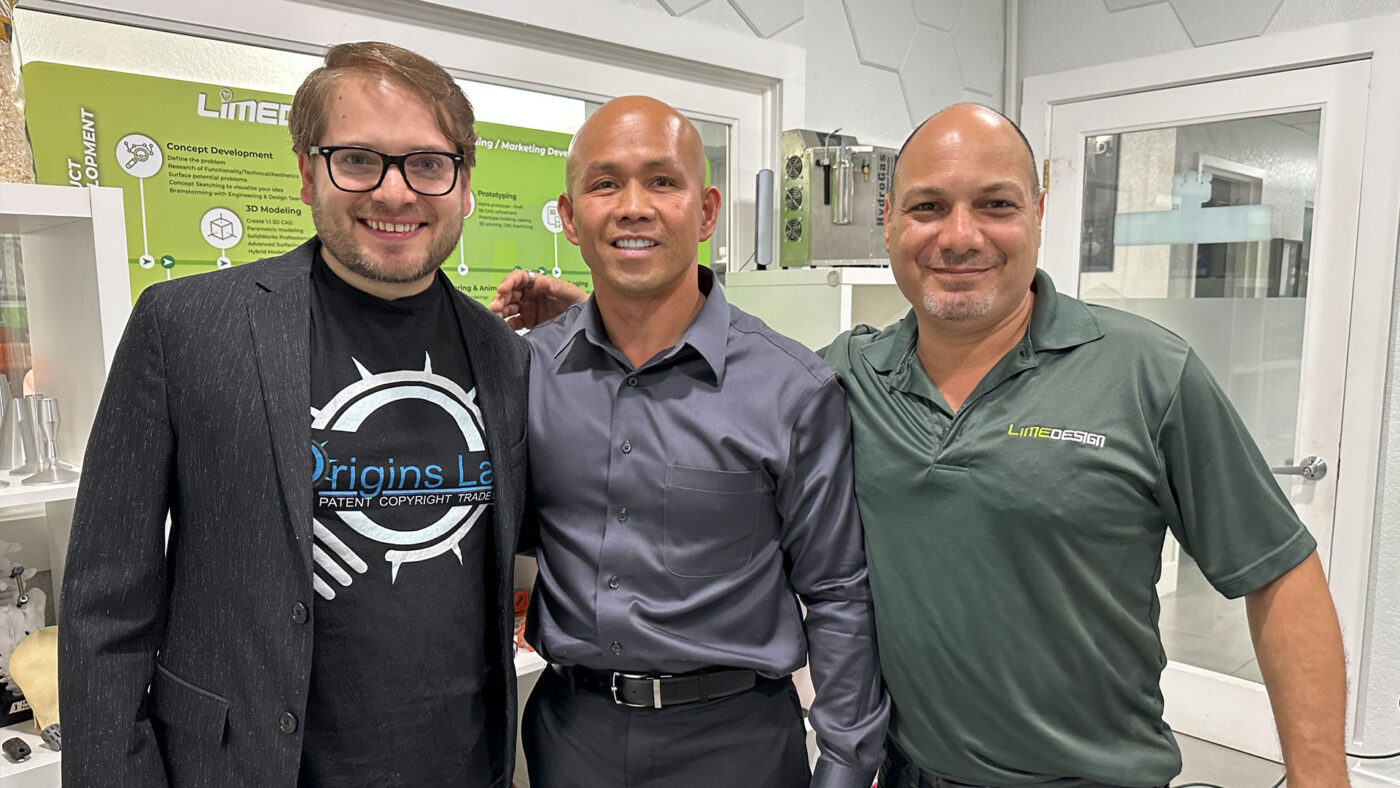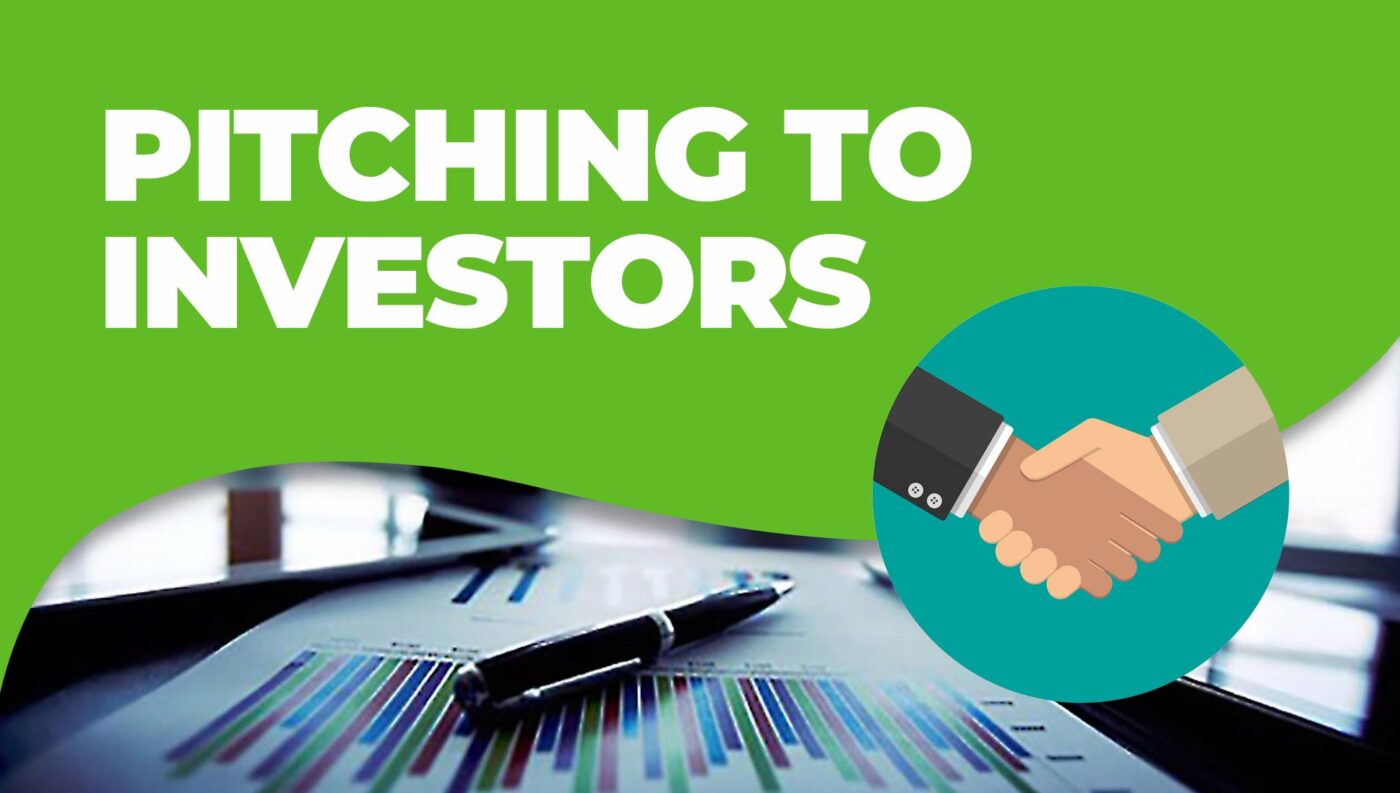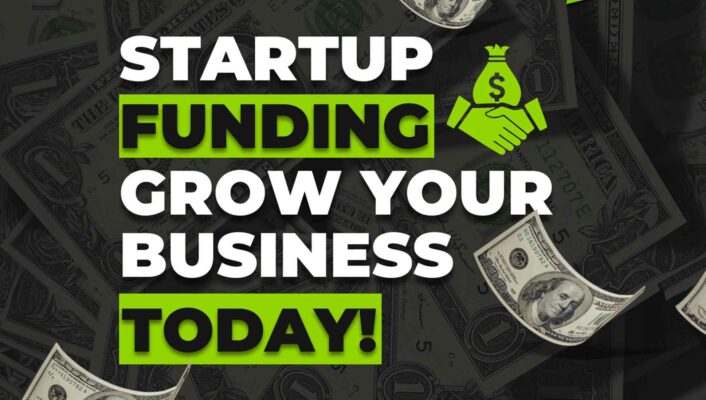Asking someone for money can be a difficult undertaking for a lot of people. And it doesn’t matter much if you are acquainted with those people or not.
But it is a fact of life that if you have a product you’re hoping to bring to market, you’re going to need funds to make it happen. These, invariably, are funds you’re not going to have all by yourself.
So the “pitch” is a necessary step. And in order to overcome the obstacles you’re undoubtedly facing with that, you have to be incredibly prepared, because preparation breeds confidence. And if you can’t go into a pitch with confidence, you’re dead already.
Who is on the other end of this pitch?
It is strongly suggested that you learn everything you can about the people you’re pitching. That might give you a certain edge going into the pitch itself. Sure enough, if you go another step beyond this, they’ll perform plenty of due diligence on you.
First of all, there are different kinds of investors who are looking for different kinds of results. With your product, you may find yourself pitching “angel” investors who can fund you and put you into business, and they may or may not be interested in taking an active part in the decision-making process.
You may be in a place where you’re pitching an investor on a “personal” level. This could be a friend or associate or someone you otherwise have a relationship with.
No matter who they are, they all have something in common – the desire to make a profit. And no matter how well you may know them, you better have your act together when you are asking them for money.
Let’s assume, for the sake of this discussion, that you are starting from scratch. You have a product, or at least you have plans for a product, but don’t have the kind of money you need to move your project forward. What are some of the components of this presentation, and what do you need to have prior to going in?

Get your elevator pitch down pat.
We probably don’t need to take the time to explain what an “elevator pitch” is. But we’ll do it anyway.
Essentially, this is a VERY short statement on your part which outlines what your company is about and what it produces that fills a need in the marketplace; how it fills that need, and what you can do to make a profit.
This shouldn’t take much more than 30-45 seconds. It’s probably the way you’re going to start your presentation. After that, you can proceed to get into more details about the project.
Your elevator pitch will take practice, as you figure out how to get the message across about your company and at the same time avoid swallowing up too much time to do it.
At the beginning, and throughout the presentation, you should be looking to communicate this visually. There is a customary way to do that.
If it’s a pitch, you need a pitch deck.
Generally your presentation is going to be contained in a “pitch deck,” which is a list of slides you’re going to show your potential investors that lays out what you’re doing; not necessarily in terrific detail but instead more in a bullet-point format. As we mentioned, you can get into more detail later.
There is certain software that can accommodate the construction of a pitch deck. Google Slides, Microsoft Powerpoint and Canva are some to mind, although there are others.
Don’t hit the “catcher” in this pitch with an overabundance of slides; brevity is important. You’ll have a lot of time to expand on it later. Just make sure the investor(s) get a very clear picture of the situation so that your pitch can proceed.
Almost everything we talk about from this point forward is going to relate to something you put in your pitch desk.
What’s your story?
A good story, if framed right, can go a long way toward humanizing you with the prospective investor. It should also succeed in communicating your level of passion, which is one thing an investor wants to get a sense of. How much do you believe in what your product can do? This is an ideal opportunity to talk about it.
Peter Guber has made and heard a lot of pitches, as a producer who’s made countless films and is a part-owner of both the Golden State Warriors and Los Angeles Dodgers. His book, Tell to Win: Connect, Persuade and Triumph with the Power of Story, explains, according to the introduction, that “purposeful stories – those created with a specific mission in mind – are absolutely essential in persuading others to support a vision, dream, or cause.”
The problem, and how you’ll solve it.
Ideally, when any product is brought to the market it is designed to deal with a problem. Of course, the idea is that you have the solution to that problem.
So your objective is to show them how that’s the case.
Included in this should be your “Unique Selling Proposition,” which explains what is different about your product and why it is desirable for the consumer over the alternatives.

How much do you know about your market?
This is obviously very important, because you’ll have to demonstrate that you are aware of what your potential audience is and how you’ll reach them.
Unless you’ve really caught lightning in a bottle, there are going to be other products competing to reach an audience that has the same needs. Your Unique Selling Proposition comes in handy here, but it goes beyond that. Become acquainted with the strengths and weaknesses of these competitors and as well as your own strengths and weaknesses. That way you’ll be able to put your positioning in perspective.
Knowing your market also means that you know about its growth potential. Is it sizable now, and are there certain factors that are going to cause it to grow? Remember that if you are able to maintain a certain percentage share of a market, and that market grows, that means more revenue for you.
What is your business model?
It is imperative that you know how you’re going to go about selling your product and generating income from it. What methods can be used to sell it (e.g., retail in stores, business-to-business, telemarketing, infomercials, etc.) and what are your margins for each of those methods?
How are you going to compete in the marketplace when it comes to price? Of course, to price your product, on a retail or wholesale basis, you have to be very solid about what your costs of production are. Is there enough room to make a profit? And how many units do you have to sell to satisfy what your investors are expecting as for their ROI (return on investment)?
You had better be able to talk to them about timetables as well. How long before these investors want to start seeing a return? Based on your anticipated share of the market, can you meet those objectives?
Your people need to be solid.
Invariably, if you have a project that requires a substantial investment, your backers will want to know what is going on from time to time, or perhaps even more often than that. And so they will need to have representation on your board. So expect that.
But hey – when it comes down to it, you’re the guy (or gal) steering this ship, and you are the one who is responsible for keeping it afloat. We know that you aren’t going to be able to do everything yourself.
Let’s assume these investors will perform some due diligence on you before handing over any money. They also want to have confidence in the other people who are involved. Then we start getting into what everybody’s strengths are,
For instance, you may be the “engineer” behind the product. You may be the force behind the concept and the design; after all, it’s your baby. You might be the creative type, who understands how to put together marketing materials to make the project fly.
You could be a born salesman, and let’s face it; many people who advance up the executive ladder in large corporations do so on the basis of their sales skills.
You might have run several businesses in the past, so you have a keen sense of how to keep all aspects of an operation under control.
Different skills go into making a successful organization, and ideally you are going to have various key people who not only possess these skills, but have put those skills on display in a way in which they can be substantiated. And if they actually have experience with products in this specific marketspace, that’s extremely beneficial.
These people are part of your team, and you’ll need to include them and what critical role they are going to play. It goes without saying that your investors will want to know that their funds will be in the hands of capable people.
And if you want to engage in a little “window dressing” that can push your project ahead, that could work too. Let’s say your project is connected to the field of athletic equipment and accessories. If you were able to come to an agreement for a prominent athlete to endorse your product and sit on the board, that would add credibility to what you’re doing, contribute to your Unique Selling Proposition and quite possibly impress your potential investors.
Make your financial projections.
Some investors look upon the financial projections of an entrepreneur with some skepticism, because (a) they are going to be on the optimistic side by default, and (b) there’s a certain abstract nature to them, since you can fill in almost anything.
But be forewarned – you should be able to explain what you’re putting in there, because if you catch some savvy investors and you’re rubbing them the wrong way with numbers, they could blow you out of the water.
This kind of thing, done the right way, projects out five years or so, with the various outcomes that result from meeting certain benchmarks. Do it with some precision, and make sure that whoever you are going to assign the duties of Chief Financial Officer is involved in putting it together. In fact, if you’re going into a face-to-face meeting, have this CFO with you if you can.
You need to know the market and be decisive about your pricing structure to make your financial projections with any kind of credibility. This takes homework.

Ask for the money.
Ultimately your intention with a pitch is to get money from the investor(s). And at some point this is going to come up.
Sometimes it’s at the start. You’ve seen that on the TV program “Shark Tank.” Sometimes it’s near the end of your presentation, after you’ve hopefully gotten people excited.
How much money do you need? It’s crucial that you know this answer. And it will take some collaboration between your key people. Don’t ask for too little, because you’ll risk looking like a rank amateur.
You have to tell the investor(s) what the funds will apply to. How much will be allocated toward product design? Manufacturing costs? Marketing and advertising? What is your payroll going to look like? What about office space and a physical production facility, if that’s what’s needed? How much will you save producing the product itself overseas rather than domestically? There are dozens of other questions to be considered.
We mentioned a CFO before. That executive, and the staff under him/her, will be responsible for overseeing expenditures, so they had better know them cold. This will certainly impact what you’re able to raise.
And then there’s the question of who gets what. How much equity are you and your team going to retain in this transaction, and how much will the investor(s) get? How will the board of directors be made up, and how many seats will the investor(s) have? This is something you’re proposing, and you can bet they’ll be coming back with a counter-offer. So be prepared for that.
Sooner or later, they’ll want out. So how will you do that?
It would be a very rare occurrence that investors would stay in a deal forever. At some point, they’ll want to know what the “exit strategy” is for them.
Yes, they want to earn a high return on investment (ROI). That’s no surprise. And this can happen in various ways.
One way that can happen is for your company to be acquired by, or merge with, another company. That company might look upon it as a complementary acquisition or a transaction that is done for the purposes of diversification.
A large private equity form may take enough of an interest to invest as well. This can change the picture for a company.
Another thing that could happen is that your company is successful enough, and shows enough growth potential, that it becomes a viable candidate for an IPO (Initial Public Offering). In other words, you’d be selling shares and appear on one of the stock exchanges.
In any of these scenarios, the people who invested in your idea will hopefully wind up very satisfied.
Here are some essentials. Don’t walk into the pitch without them.
According to Wikipedia, a patent ”is a type of intellectual property that gives its owner the legal right to exclude others from making, using, or selling an invention for a limited period of time in exchange for publishing an enabling disclosure of the invention.”
Patent infringement is actionable in civil court, but the patent holder is wholly responsible for enforcing his or her rights. Patents are issued through the U.S. Patent and Trademark Office.
A Provisional Patent Application, or PPA, indicates that you have presented the materials to file for a patent, and you are “in line” ahead of others who might file for a patent subsequent to you. This allows you to declare your product to be “patent pending.”
We are making the assumption that before you present your product as your invention, you have either a patent or a PPA.
Before any substantive discussion takes place, you will want to have your NDA at the ready. NDA stands for “Non-Disclosure Agreement,” and if properly constructed, it will offer you some protection from having your ideas pirated by the people you’re pitching.
When you pitch, you are in a naturally vulnerable position. That’s because even though you might not be revealing everything, you’ll obviously have to reveal quite a bit, and you do not want others to steal or share your “trade secrets.”
A business plan is obviously something you should have. You’ll be showing this to your potential investors, either before or after your presentation.
For the most part, the business plan is going to contain more detail about the things that are in your pitch deck.
It needs to be professionally written. And considering that many people arbitrarily insert overly optimistic numbers into the financials, it probably makes sense, for credibility’s sake above all else, that you be realistic with your numbers.
Sooner or later, your business plan will play some role in the decision the investor(s) make about your funding.
Some people might tell you that it’s not an absolute necessity that you have a prototype of your product at the pitch. And in all honesty, such a thing is not always possible. But if you do indeed have one, it could prove incredibly advantageous to you.
That’s because an actual demonstration can be powerful in terms of igniting interest.
But one thing you better be sure of is that your product works. If it doesn’t, you can lose right then and there.
We’re sure you’ll be prepared to avoid being a loser. So go out there and WIN.
Lime Design's Approach to Perfecting Product Development

In the realm of product development, there is an art to embracing failure as a catalyst for growth and improvement. Lime Design, a leading product development firm, has mastered the art of failing forward, using it as a powerful tool to uncover and refine imperfections in the journey of bringing an inventor’s idea to life. By understanding the value of iteration and actively seeking out failures, Lime Design’s team is able to transform setbacks into stepping stones towards creating exceptional products. In this blog, we delve into Lime Design’s unique approach and how they harness the art of failing forward to perfect the development process.
Bring your product idea to life! Avoid the common pitfalls of designing and manufacturing alone. Let our team help you every step of the way. Contact us now and let’s build something great together!




